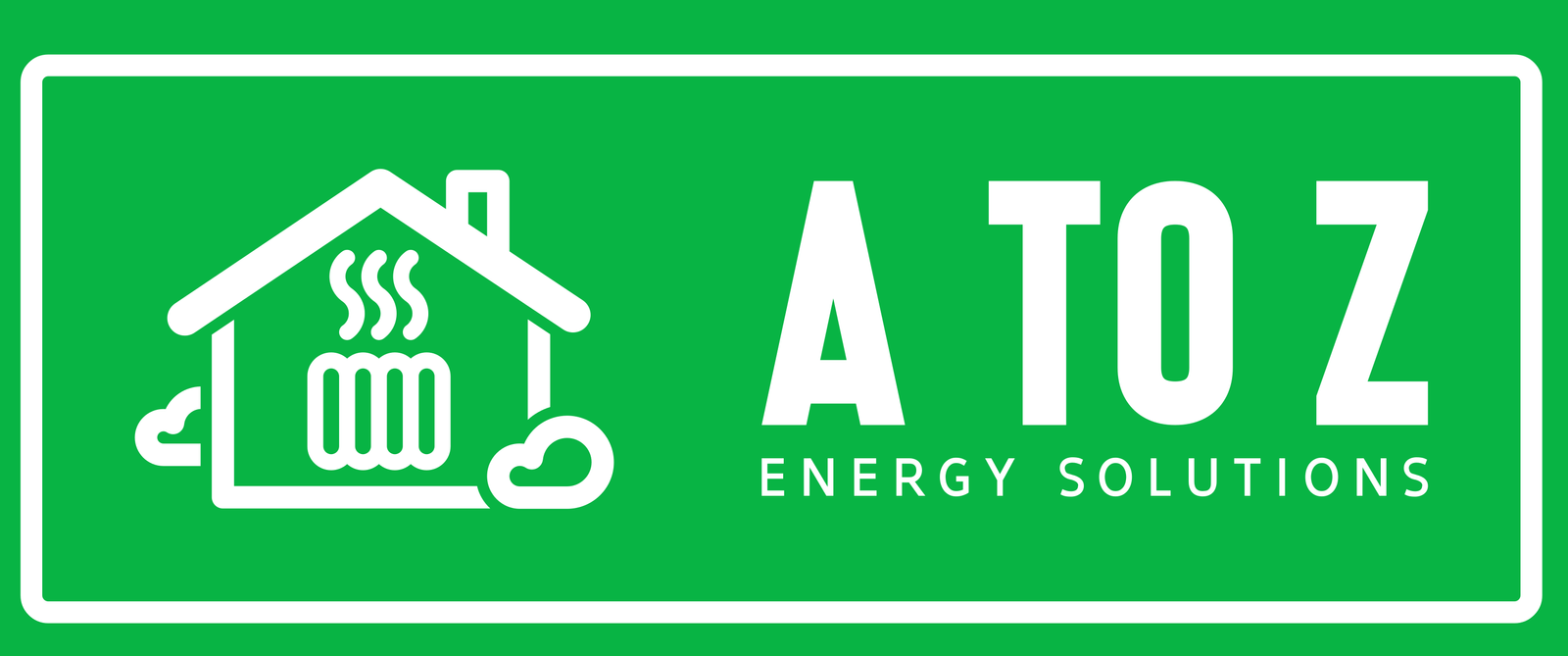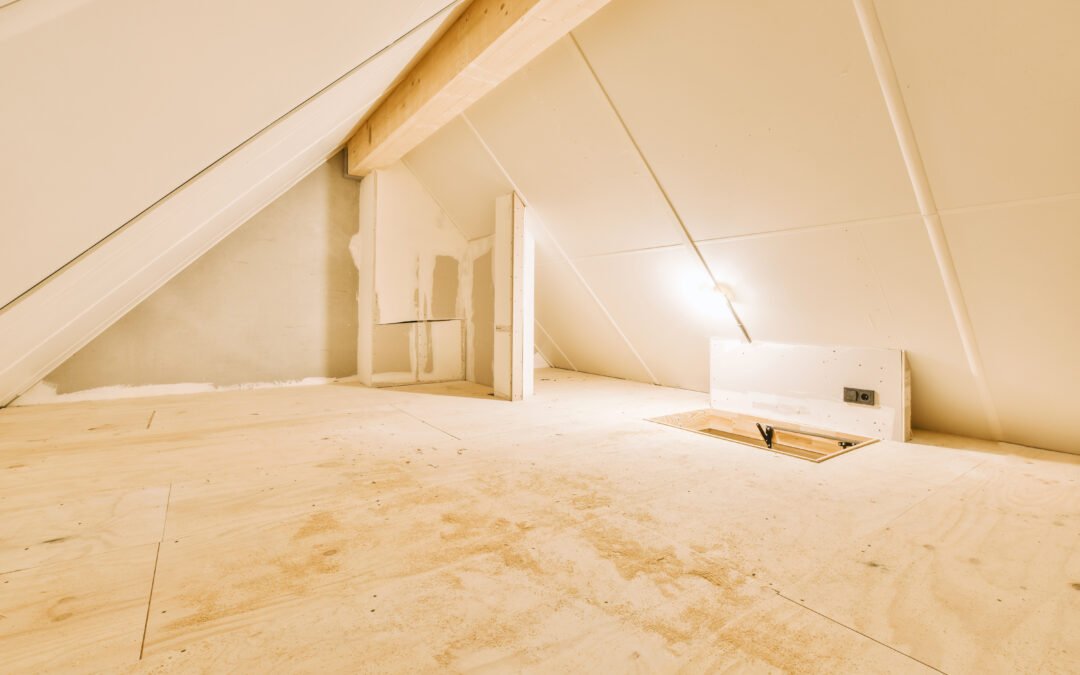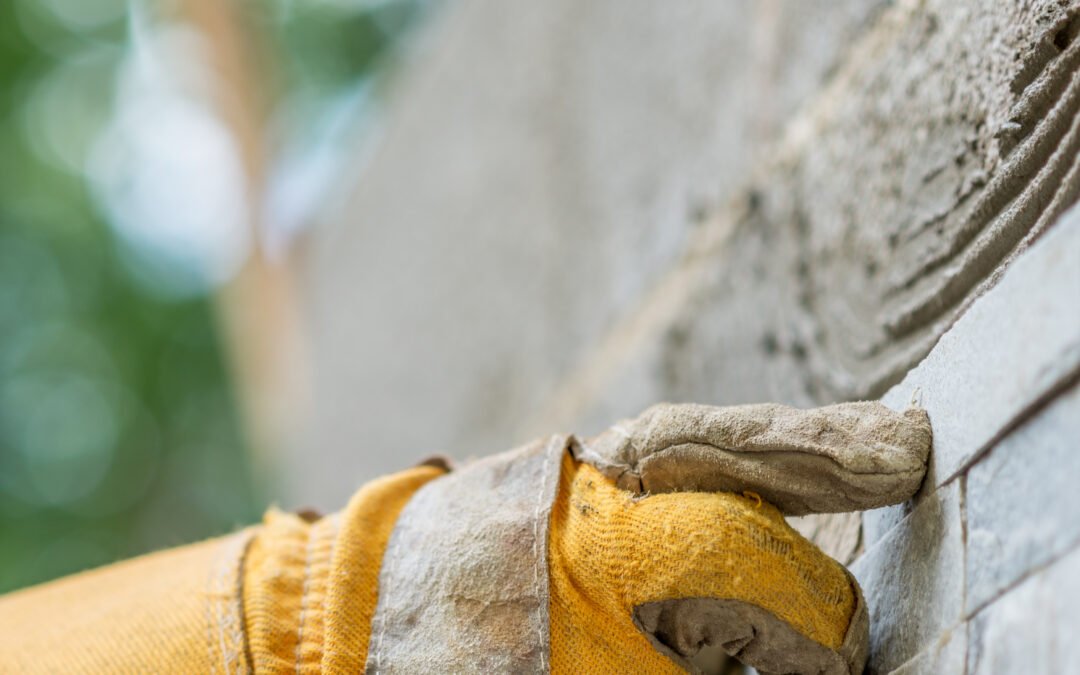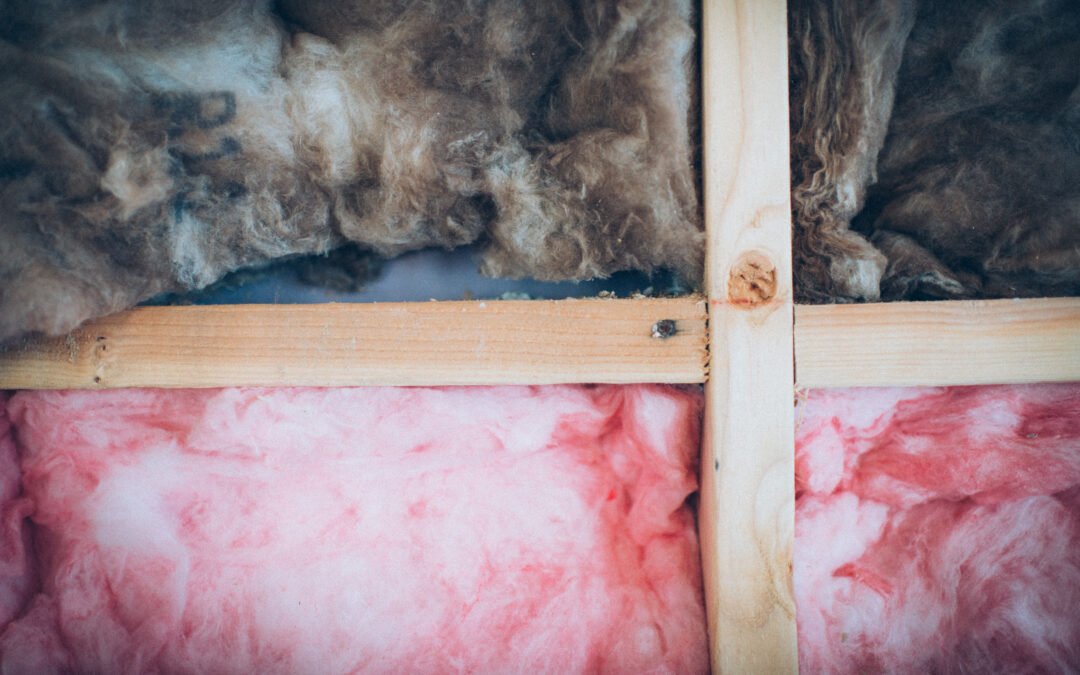Understanding the Concept of Loft Insulation
Loft insulation, typically placed in the roof space of a house, is a crucial component of a home’s overall insulation system. It essentially serves as a barrier, preventing the escape of warm air from inside the house to the outside environment during the cold months, and conversely, keeping out the hot air from outside during the warm season. Designed to substantially reduce heat transfer, loft insulation is crucial in maintaining a comfortable internal environment within homes.
The main forms of loft insulation are blanket insulation, loose-fill insulation, and sheet insulation. Blanket insulation, also known as roll insulation, involves the use of fibreglass, rock wool, or mineral fibres. Loose-fill insulation, on the other hand, makes use of lightweight materials such as cork granules, mineral wool, or recycled newspaper. Both these types are relatively easy to install. Sheet insulation, however, requires a more specialist approach, as it is meant for insulating the sloping sides of the roof.
Loft insulation is not only beneficial but also essential for homes in Luton and indeed, the whole of the UK. The Energy Saving Trust states that a quarter of a home’s heat is lost through the roof in an uninsulated home, indicating why loft insulation is an integral part of energy conservation.
The Role of Loft Insulation in Energy Conservation
Loft insulation plays a pivotal role in energy conservation. Reducing the rate of heat transfer between the inside and outside of a house it helps maintain a consistent temperature within the dwelling. This means less energy is required to heat or cool the house, leading to significant savings on energy bills.
By preventing heat loss, loft insulation also reduces the need for additional heating systems, further contributing to energy conservation. Moreover, because less energy is needed to heat or cool the home, this results in lower carbon dioxide emissions, which is a positive step towards mitigating climate change.
In fact, according to the Energy Saving Trust, installing 270mm of loft insulation could save a detached house up to £215 per year on heating bills and 880kg of CO2 emissions. Thus, loft insulation effectively contributes to the broader goals of sustainability and environmental responsibility, making it a crucial aspect of energy-efficient home design and construction.
Examining the Need for Loft Insulation in Luton Homes
Luton, a large town located in the south-east of England, experiences a temperate maritime climate, typified by relatively mild winters and warm summers. Despite this, temperatures can drop significantly during the winter months, increasing the need for effective home insulation.
In Luton, many homes are older properties with poor insulation. This makes them particularly susceptible to heat loss, resulting in higher energy bills and a less comfortable living environment. Therefore, loft insulation is vital in these homes, as it will significantly enhance their energy efficiency and comfort levels.
Furthermore, Luton Council offers grants for loft insulation to eligible homeowners and landlords. This demonstrates the recognition by local authorities of the importance of loft insulation in improving the energy efficiency of homes in Luton.
Climate Conditions in Luton: Impact on Insulation Needs
Luton’s climate directly impacts the insulation needs of homes in the area. During the winter months, when temperatures can fall below freezing, loft insulation can prevent heat loss, ensuring homes remain warm and comfortable. In the warmer months, it serves to keep the home cool by obstructing the infiltration of external heat.
The town’s temperature variations underline the need for proper loft insulation. Furthermore, the UK is committed to reducing its carbon emissions, and loft insulation is an important step towards accomplishing this goal. With many older homes in Luton lacking sufficient insulation, the need to rectify this situation is pressing.
Finally, as Luton continues to grow and develop, it is crucial that new homes are built with effective insulation to facilitate energy conservation. This will not only benefit individual homeowners but will also contribute to the town’s broader sustainability goals.
Exploring the Benefits of Proper Loft Insulation
Proper loft insulation offers a myriad of benefits. First and foremost, it enhances energy efficiency, leading to a significant reduction in heating costs. As a result, homeowners can save hundreds of pounds on their energy bills each year.
Additionally, loft insulation improves the comfort level within the home by maintaining a consistent indoor temperature, irrespective of the weather conditions outside. This means homes stay warm in the winter and cool in the summer, enhancing the overall living environment for the occupants.
Moreover, by reducing the reliance on heating systems, loft insulation helps to minimise carbon emissions, contributing to environmental sustainability. This makes it a beneficial investment not just for individual homeowners but for the larger community and the planet as well.
Types of Loft Insulation Suitable for Luton Homes
There are various types of loft insulation suitable for Luton homes, each with its own set of advantages. Blanket insulation, made from fibreglass, rock wool, or mineral fibres, is popular due to its ease of installation and effectiveness. It is ideal for lofts with regular joist spacing.
Loose-fill insulation, made from lightweight materials like cork granules, mineral wool, or recycled newspapers, is beneficial for topping up existing insulation or for lofts with irregular joist spacing. Meanwhile, sheet insulation is suitable for insulating the sloping sides of the roof and requires a specialist approach for installation.
It’s important for homeowners to consult with a professional to determine the most suitable type of insulation for their property. Factors such as the age and structure of the home, as well as the homeowner’s budget, will influence the choice of insulation.
Implementing Loft Insulation – A Step by Step Guide
Implementing loft insulation typically involves a series of steps. First, a professional will conduct an assessment of the loft to determine the most suitable type of insulation. They will then measure the area to calculate the amount of material needed.
Next, the insulation material is carefully laid between the joists and, in some cases, over the joists as well. It’s crucial that the insulation is installed correctly to ensure maximum effectiveness. Any gaps or drafts can significantly reduce the insulation’s efficiency.
Finally, once the loft insulation is in place, it’s advisable to regularly check and maintain it to ensure it continues to function optimally. Over time, the insulation may settle or degrade, reducing its effectiveness, so regular checks and potential top-ups are essential.
The Long-Term Economic Impact of Loft Insulation in Luton
The long-term economic impact of loft insulation in Luton is significant. By enhancing energy efficiency, loft insulation reduces heating costs, translating into considerable annual savings for homeowners. Over time, these savings can offset the initial cost of installing the insulation.
Moreover, properties with high-quality insulation often attract higher market values, making loft insulation a sound long-term investment. In fact, a well-insulated property can be a key selling point, appealing to homebuyers prioritising energy efficiency and lower running costs.
Finally, by reducing carbon emissions and contributing to environmental sustainability, loft insulation can help Luton meet its climate change goals. This can have positive economic implications for the town, such as attracting environmentally-conscious businesses and residents, while also potentially qualifying for additional funding and grants for green initiatives.




